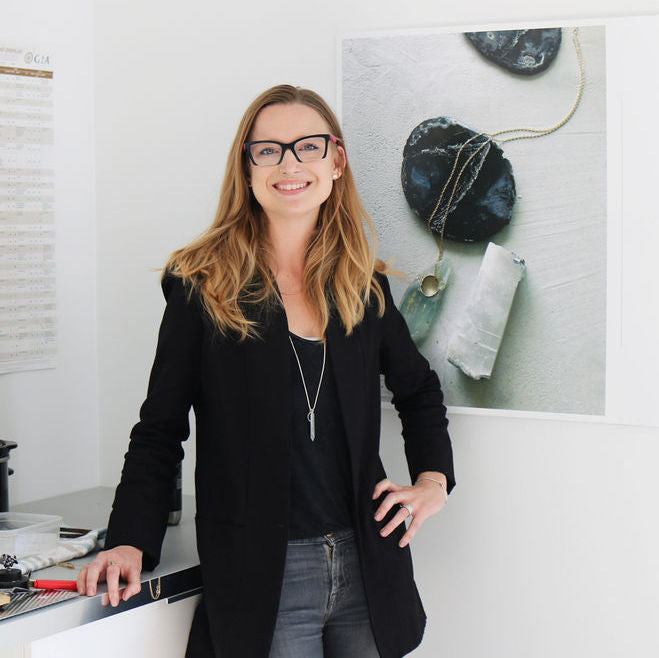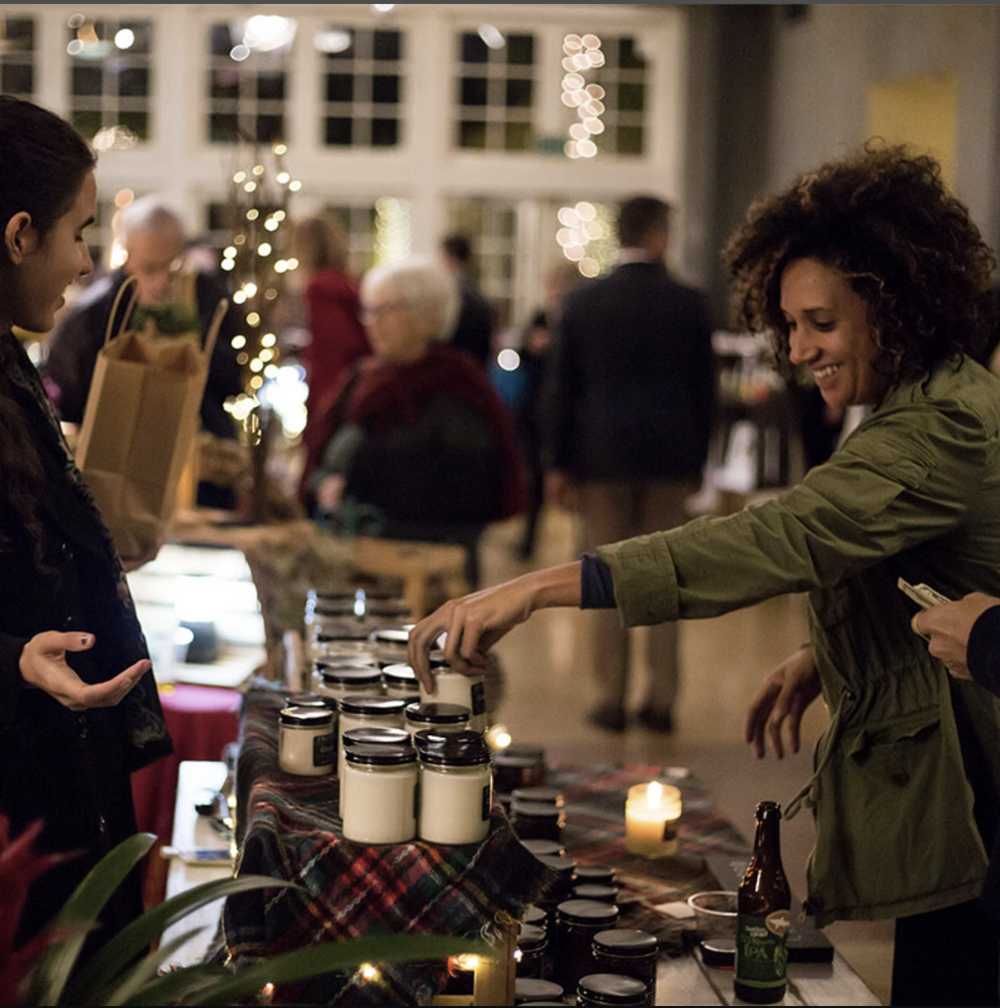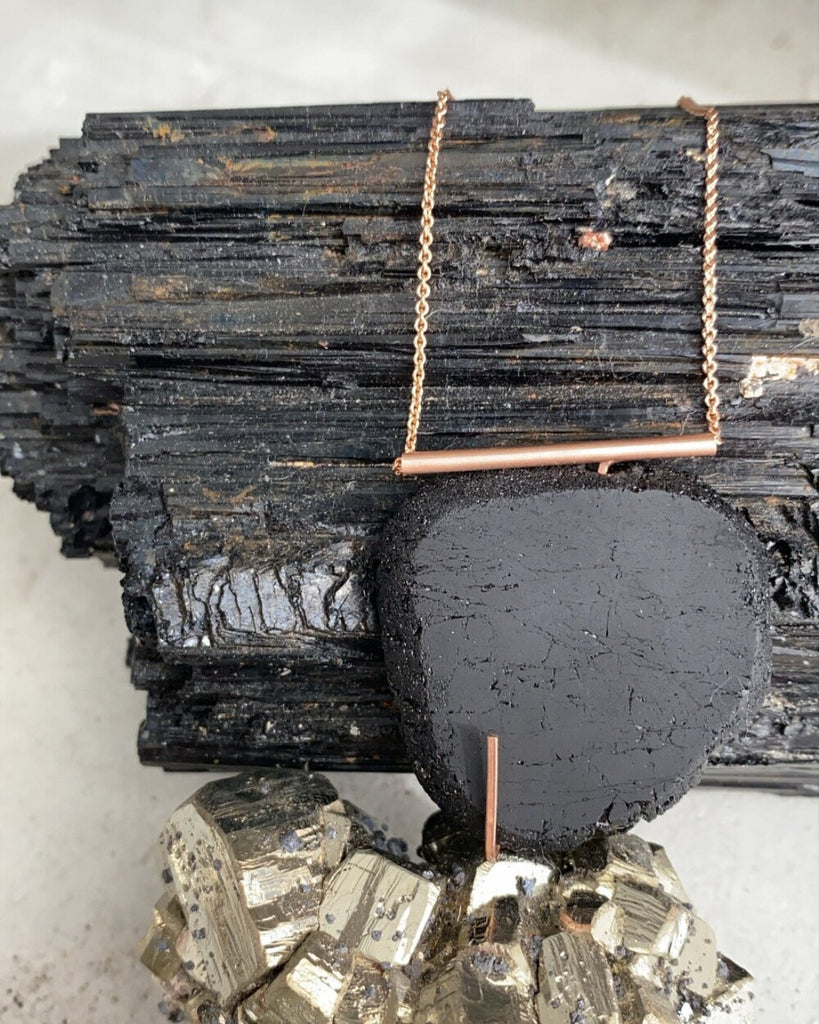Birthstone of the month: Moonstone, Alexandrite, Pearl

Summer is officially starting this month and it's arguably the best month according to June babies. We all have fond memories of summer vacations and sweet treats. June babies are lucky to be born such great weather and to help them celebrate their special day Enji is sharing 10 fun facts about their birthstones.
1. Pearls are the only gemstones created by living creatures. Mollusks, like clams and oysters, will produce a smooth protective film over irritants, slowly building it up to a beautiful pearl.
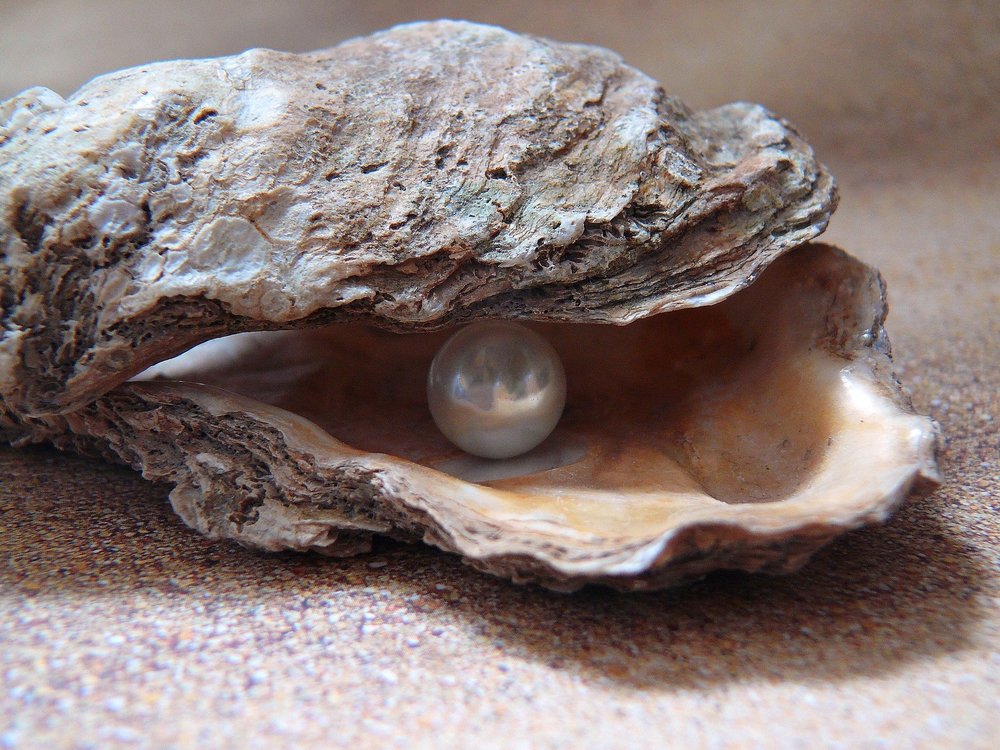
2. The name “pearl” comes from the Latin word Perna or “leg” because of how an open mollusk looks like a leg of mutton. The name “pearl” is used to refer to any object rare and valuable.
3. Natural pearls are seldom perfectly round. Most round pearls are either cultured on farms or synthetic. The easiest way to tell if you own a real pearl (cultured or natural) is by placing the pearl between your teeth and feeling for a slightly gritty texture. Real pearls will have small inconsistencies from layering and hence feel gritty in your teeth.
4. Alexandrite is relatively new and first discovered in the emerald mines of the Ural Mountains, located in Russia.
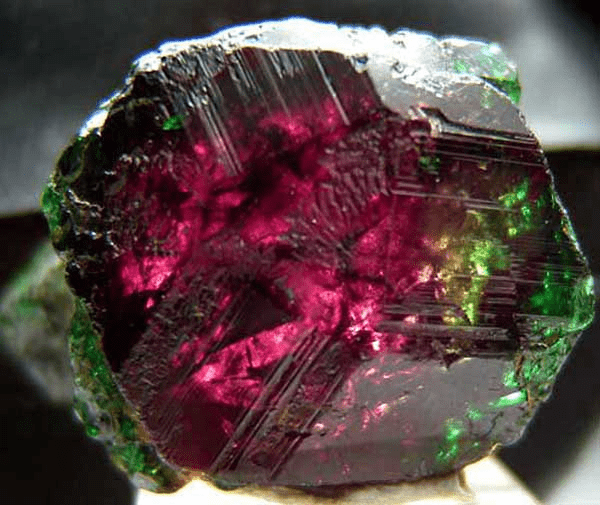
5. This unique stone has a rare variety of the mineral chrysoberyl that changes color from bluish green in daylight to purplish red under incandescent light. Because of its color shifting, alexandrite has been named the official gemstone of Russia.
6. Because it was originally mined in Russia, the first mine helped set the industry standard for Alexandrite. Today it can be mined from Sri Lanka, Brazil, and East Africa, but their gems are usually duller than their Russian counterparts.
7. Due to the gemstones scarcity, Alexandrite is considered one of the rarest gemstones, far rarer than rubies or diamonds.
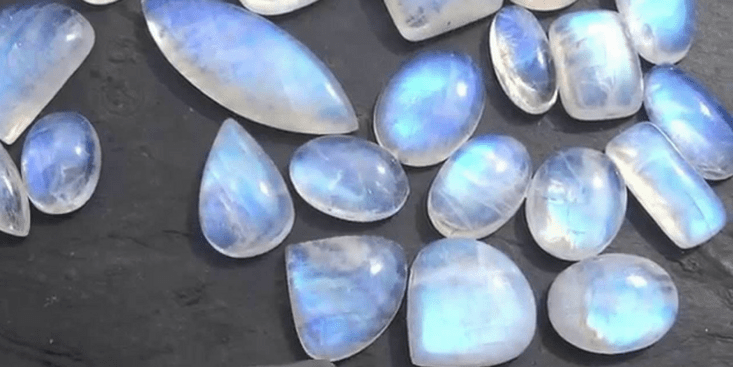
8. The beautiful Moonstone got its name from Roman natural historian Pliny. He noted how the stone would reflect and seem like it would change with the moon’s cycles.
9. Moonstones are not the sturdiest stone. They are only 6/10 on the hardness scale and need to be carefully guarded against scratching and chipping. Because of this most moonstones are worn as brooches, earrings, and pendants most frequently.
10. Also known as the Traveler’s Stone, it’s believed to protect travelers at night. Moonstone is used to treat insomnia and sleepwalking, is thought to encourage sound sleep, and create beneficial dreams.
Sources:


